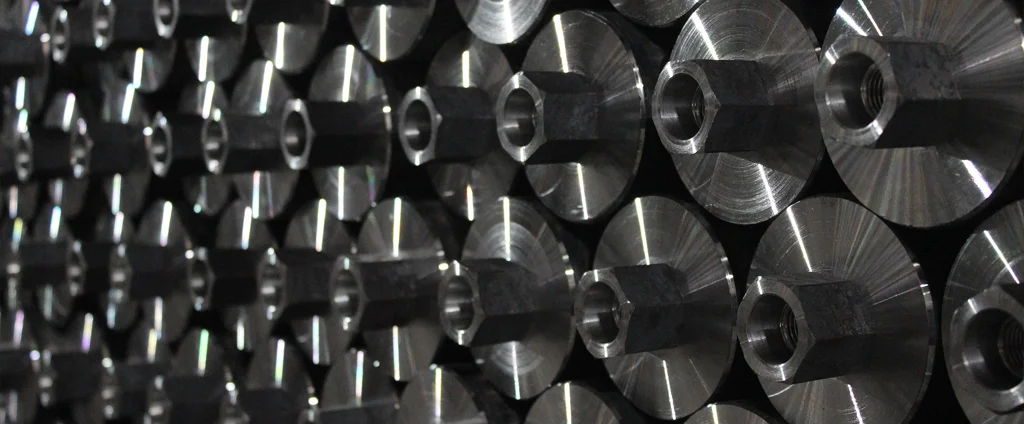SAE/AISI 1012 Carbon Steel (UNS G10120)

SAE/AISI 1012 is a low-carbon steel known for its excellent machinability, weldability, and formability. With a well-balanced composition of iron, carbon, and manganese, it is commonly used in the manufacturing of fasteners, wire products, and sheet metal components.
| Chemical Composition | ||
|---|---|---|
| Element | Min | Max |
| Iron | 99.16% | 99.60% |
| Carbon | 0.10% | 0.15% |
| Manganese | 0.30% | 0.60% |
| Phosphorous | —— | 0.04% |
| Sulfur | —— | 0.05% |
The following table provides a list of SAE/AISI 1012 properties in both SI and US customary/Imperial units.
Click on the button to switch between Metric and Imperial units.
| Physical Properties | Metric |
|---|---|
| Density | 7870 kg/m3 |
| Mechanical Properties | Metric |
| Tensile Strength (Ultimate) | 370 MPa |
| Tensile Strength (Yield) | 310 MPa |
| Young’s Modulus (E) | 190 - 210 GPa |
| Bulk Modulus (K) | 140 GPa |
| Shear Modulus (G) | 80 GPa |
| Elongation at Break | 20% |
| Poisson’s Ratio (ν) | 0.27 - 0.30 |
| Brinell Hardness | 105 |
| Thermal Properties | Metric |
| Thermal Conductivity | 50 W/m·K |
| Specific Heat Capacity (Cp) | 472 J/kg·K |
| Coefficient of Thermal Expansion (αL) | 1.2×10-5 1/°C |
| Electrical Properties | Metric |
| Electrical Conductivity | 4.6×106 S/m |
| Electrical Resistivity | 2.17×10-7 Ω·m |
The values in this table are approximate and can vary depending on various factors such as the specific manufacturing process and heat treatment applied to the alloy.
Advantages & Disadvantages of 1012 Carbon Steel
| Advantages | Disadvantages |
|---|---|
| Cost-effective | Limited strength and hardness |
| Good formability | Reduced wear resistance |
| Excellent machinability | Lower toughness |
Applications of 1012 Carbon Steel
AISI 1012 carbon steel is a versatile material prized for its formability and machinability, making it ideal for cost-sensitive, low-stress applications, including:
- Fasteners: Screws, bolts, and studs benefit from 1012 steel’s cold-heading suitability, enabling efficient production of precise, durable components.
- Wire and Rods: Easily drawn into wires or rolled into rods, it’s used for welding electrodes, mesh, and lightweight reinforcement.
- Sheet Metal Components: HVAC, automotive, and construction industries use 1012 for stamped/pressed parts due to its superior formability.
- Automotive Parts: Brackets, hinges, and interior trim leverage its balance of ductility and moderate strength.
